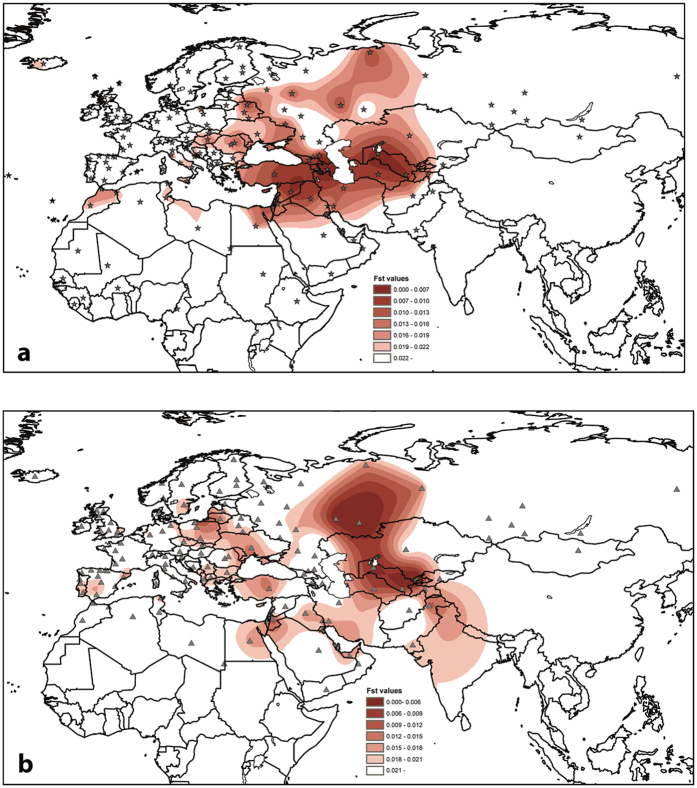Figure 4. Mapping of genetic distances counted from the Hungarian conqueror population.
(a) Haplogroup frequency based genetic distances, (b) HVS-I sequence based distances. Grey stars (a) and triangles (b) signalize the sampled and compared populations. White regions display FST values greater than 0.022 (a) or 0.021 (b) or unconsidered territories. (a) The genetic distance map based on high resolution haplogroup frequency of 157 modern populations shows that modern Central Asian populations are highly similar to the conquerors. It presents low distances between present-day Azerbaijan, North Caucasian District, Uzbekistan and some Near-Eastern populations. The values are presented in Supplementary Table S13. (b) The sequence based genetic distance map, encompassing 141 modern populations, shows the Central Asian affinity to the conquerors (with the highest similarity toward today’s Uzbekistan, the Russian population of the Bashkortostan Republic and the Tatar population of Russian Tatarstan). The values of genetic distances are listed in Supplementary Table S14. The FST values and coordinates were interpolated with the Kriging method implemented in Arcmap ArcGIS version 10.3 (https://www.arcgis.com).

